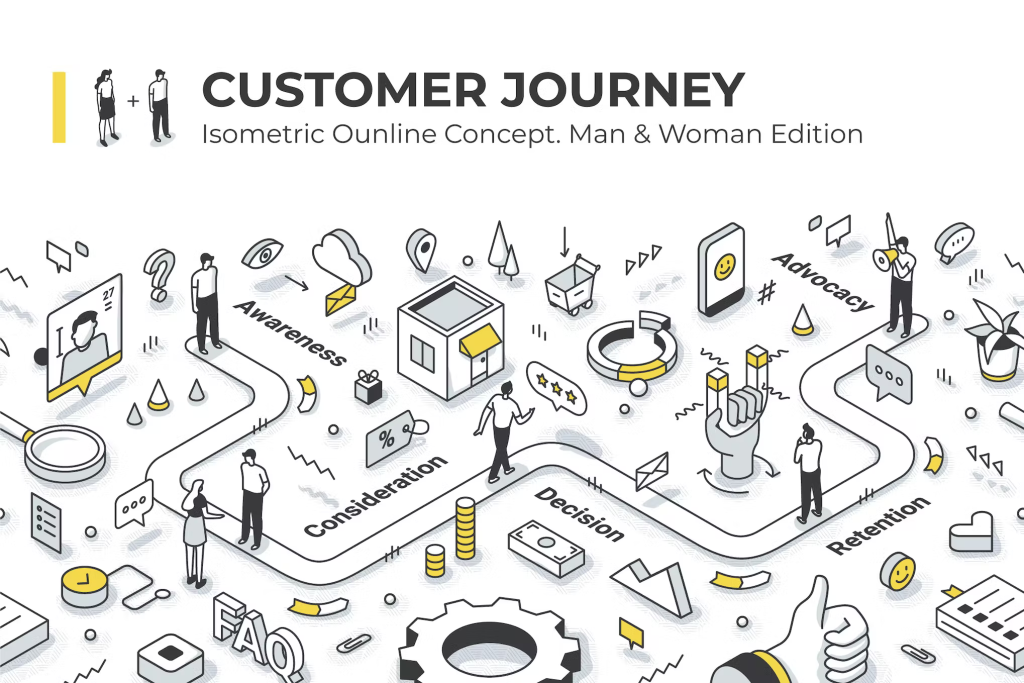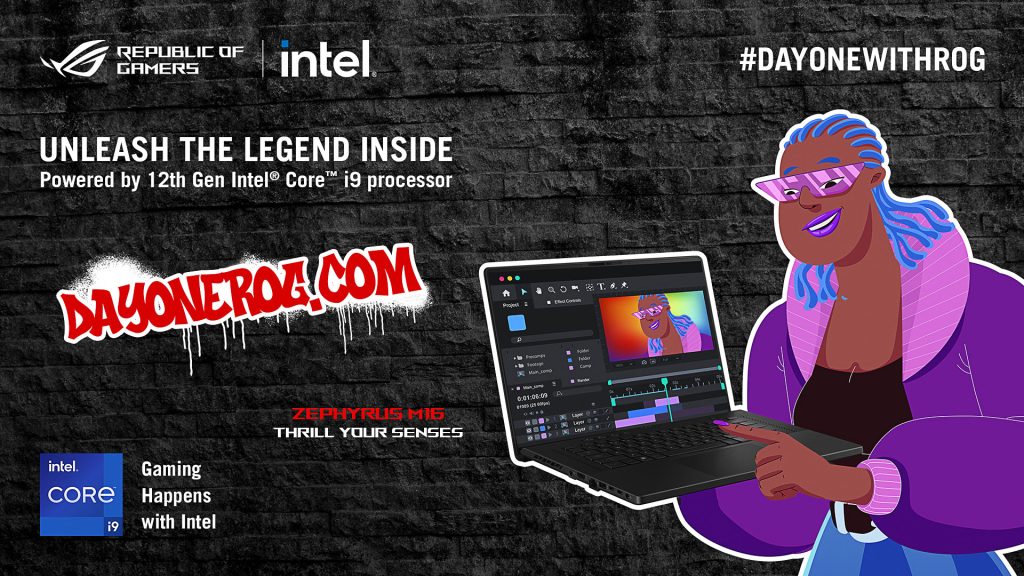After all the effort and delicacy put into developing a product or service, market research, competitor analysis, and idea development meetings, you have finally presented it to your customer. You don’t expect everything to go perfectly, but you don’t want a small hiccup in the experience of your first customers to overshadow all that effort.
Similarly, despite dozens of investments, not being noticed by your target audience or not being able to integrate into their routine may not be very motivating. There are many methods and techniques to minimize such risks. The first step in any case should be to accurately map out your customer’s journey. But how?

First of all, let’s define what customer journey is through an example: Let’s say you are a boutique cargo company specialized in transporting sensitive products. In today’s era where digital is no longer just a “nice to have”, the customer journey usually begins with the first moment that the customer types their need into Google. This leads them to results that direct them to social media channels and websites. During this process, the customer is in the research and evaluation phase. They read/watch the content provided by the options, compare advantages and choose the one that suits them best. In the past, before the digital age, print communication tools and “word of mouth marketing” methods were prominent, but now the use of blogs, visual/textual content, and influencer marketing methods are crucial for your product.
Everything went as you expected and the customer chose your cargo company. Now, there is the experience with your product/service. The starting point of this experience is also the demand/communication form and payment process. Collecting data and providing information from the customer during this stage will both decrease the abandoned cart rate and help you manage their expectations.
Many product/business owners assume that the customer journey is completed when they provide a service that meets the customer’s expectations. However, using today’s feedback collection and user experience measurement tools, every customer that received service can provide vital feedback for your next operation. Additionally, there are many actions you can take during this stage to increase the possibility of the customer recommending you to their network or choosing you again for a similar need. To fully benefit from these actions, it is important to have a communication plan that is designed specifically for the user and prepared according to today’s average attention span.
In this content, we have discussed the customer journey, which must be meticulously examined and designed in every detail for each customer, with examples from the cargo industry. We have also emphasized that customer journey is not just a one-time process but a continuous loop that requires feedback and improvement.
Related Project
#DayOneWithROG
A regional campaign, launched in 23 countries!
An awareness and conversion focused digital campaign that introduces students to a notebook that fits their needs and rewards those who want more.



